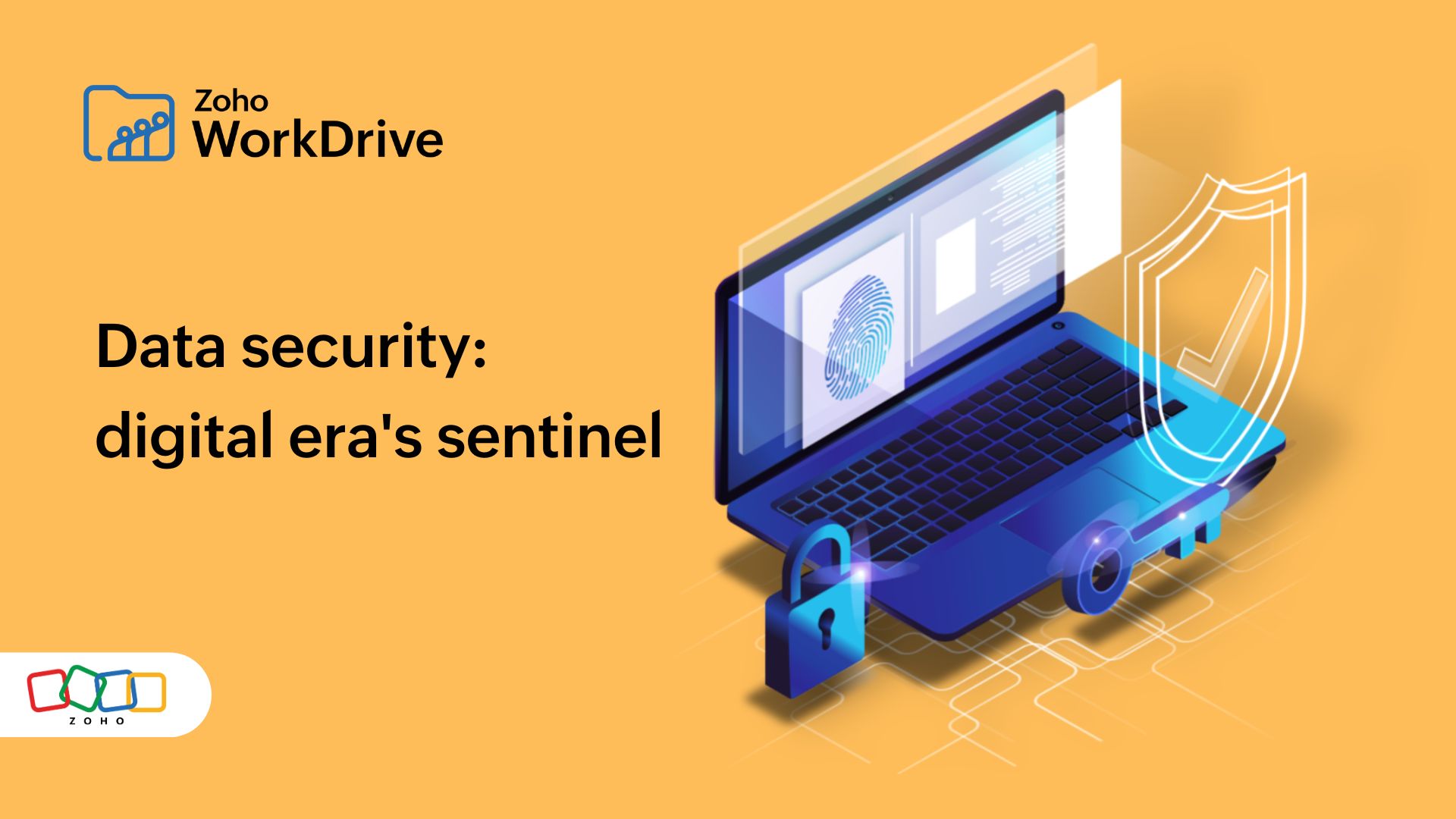- HOME
- Work Culture
- The evolution of data security and its importance in the digital era
The evolution of data security and its importance in the digital era
- Last Updated : December 15, 2023
- 926 Views
- 3 Min Read

Data security prevents unauthorized access to any confidential data that a person or an organization holds. The type of data can vary drastically, and can include anything from user credentials to credit card details. To keep security breaches from happening, many companies turn to a reliable data security firewall.

A recent report released by Verizon reported that ransomware attacks were up by 13% in the past year, which is a greater increase than in the previous five years combined. This indicates the need for reliable data security architecture.
The evolution of data security
The need to protect our digital data began in the 1970's when the first self-replicating piece of code (a worm), called Creeper, was written. To stop Creeper's replication, the person who designed Creeper then created Reaper, often dubbed the world's first anti-virus software. This scenario demonstrated the necessity of code that can protect computers—and led to modern data security initiatives.
Creeper was a test worm and was not intended to do any harm to computers. But modern worms, Trojan horses, and other malicious software (malware) can infiltrate a computer, extract information, and threaten confidential digital data. Famous examples of malware are ransomware, scareware, and wannacry.
How to protect your data
The basic principle on which data security is built is CIA (No, we're not talking about the Central Intelligence Agency). CIA stands for confidentiality, integrity, and availability.
Confidentiality This is the aspect of data security that deals with the person who holds access to the data. They will be the primary source of protection for the data. Human error can jeopardize confidentiality, but if the right practices are followed, mishaps can be minimized. Examples of pro-confidentiality practices include:
This is the aspect of data security that deals with the person who holds access to the data. They will be the primary source of protection for the data. Human error can jeopardize confidentiality, but if the right practices are followed, mishaps can be minimized. Examples of pro-confidentiality practices include:
Multi-factor authentication
Password assistance to suggest stronger passwords
File sharing links that expire after a certain amount of time
Integrity Integrity focuses on protecting data from any external damage. The trustworthiness of the data has to be scrutinized and further security features have to be put in place. These features may include:
Integrity focuses on protecting data from any external damage. The trustworthiness of the data has to be scrutinized and further security features have to be put in place. These features may include:
Data encryption
Restricted data classification
Regular data backups
Anti-virus software can also be used to protect data tampering by malware.
Availability
Malware attacks, like distributed denial-of-service (DDoS), are intended to disrupt the network by flooding the recipient server with excessive requests, causing the network to become overloaded. This has an immediate and negative effect on business productivity.
 If stored information cannot be accessed when required, the data will be unavailable to users. This impacts the most important asset of any organization—its customers' trust. Today, we use advanced security practices to deal with a multitude of malware programs that threaten our data.
If stored information cannot be accessed when required, the data will be unavailable to users. This impacts the most important asset of any organization—its customers' trust. Today, we use advanced security practices to deal with a multitude of malware programs that threaten our data.
Various government agencies have developed policies and laws regarding data protection standards. The General Data Protection Regulation (GDPR) in the European Union and the Health Insurance Portability and Accountability Act (HIPAA) in the United States are examples of such laws.
On the whole, methods of protecting data and preventing malware attacks are developing rapidly. Even though there is no one-size-fits-all solution, the diverse measures taken against malware are proving to be effective.
Stay vigilant, and be sure to incorporate the best practices to efficiently manage your teams' shared data and keep it safe.


